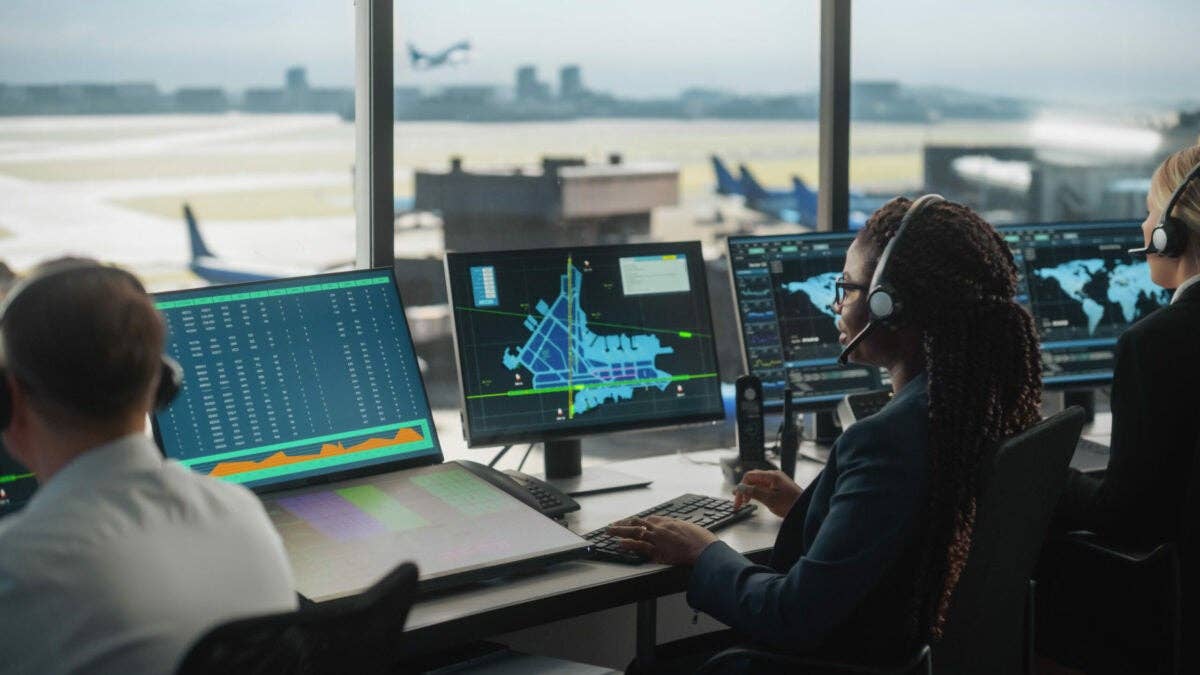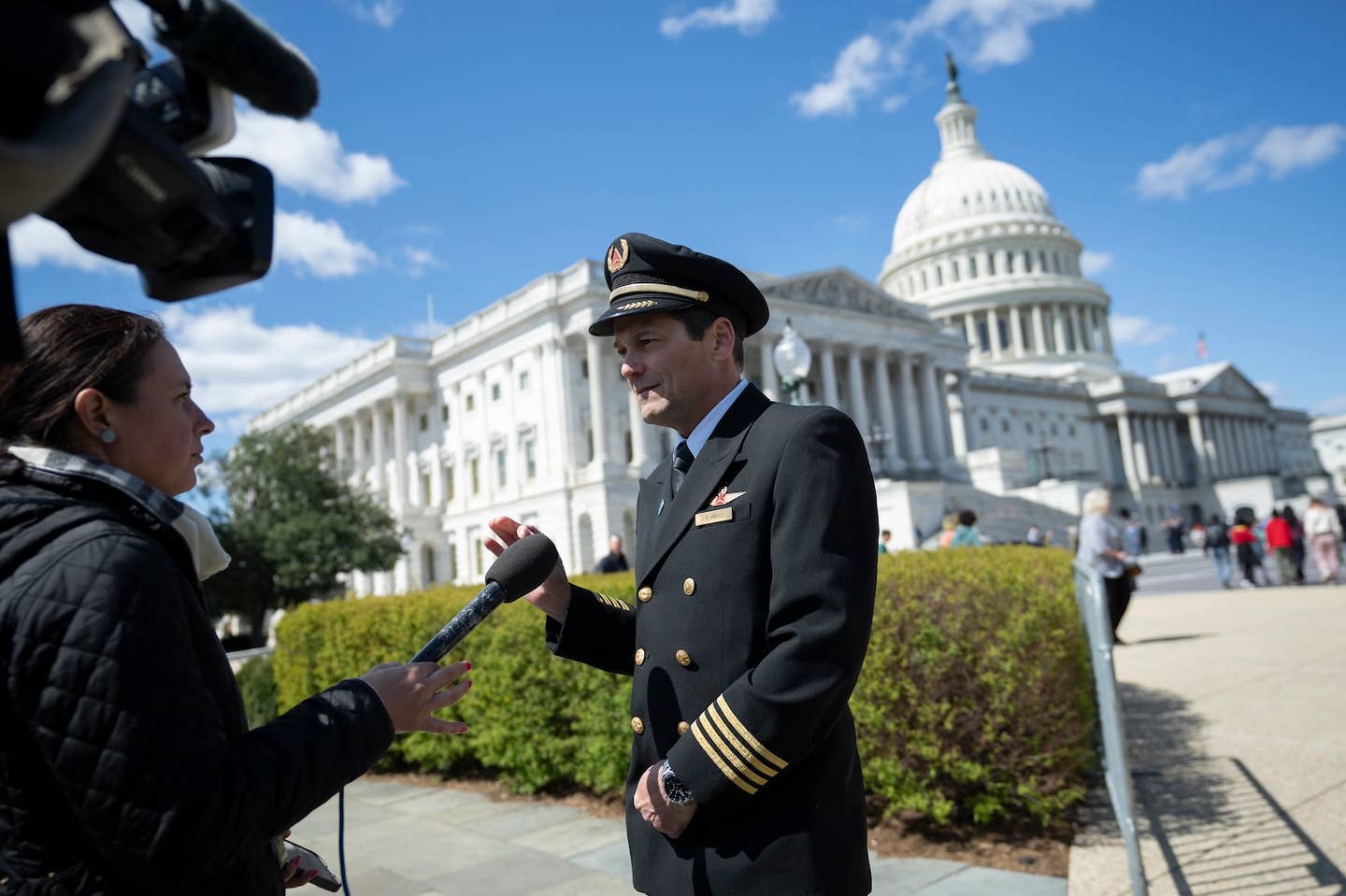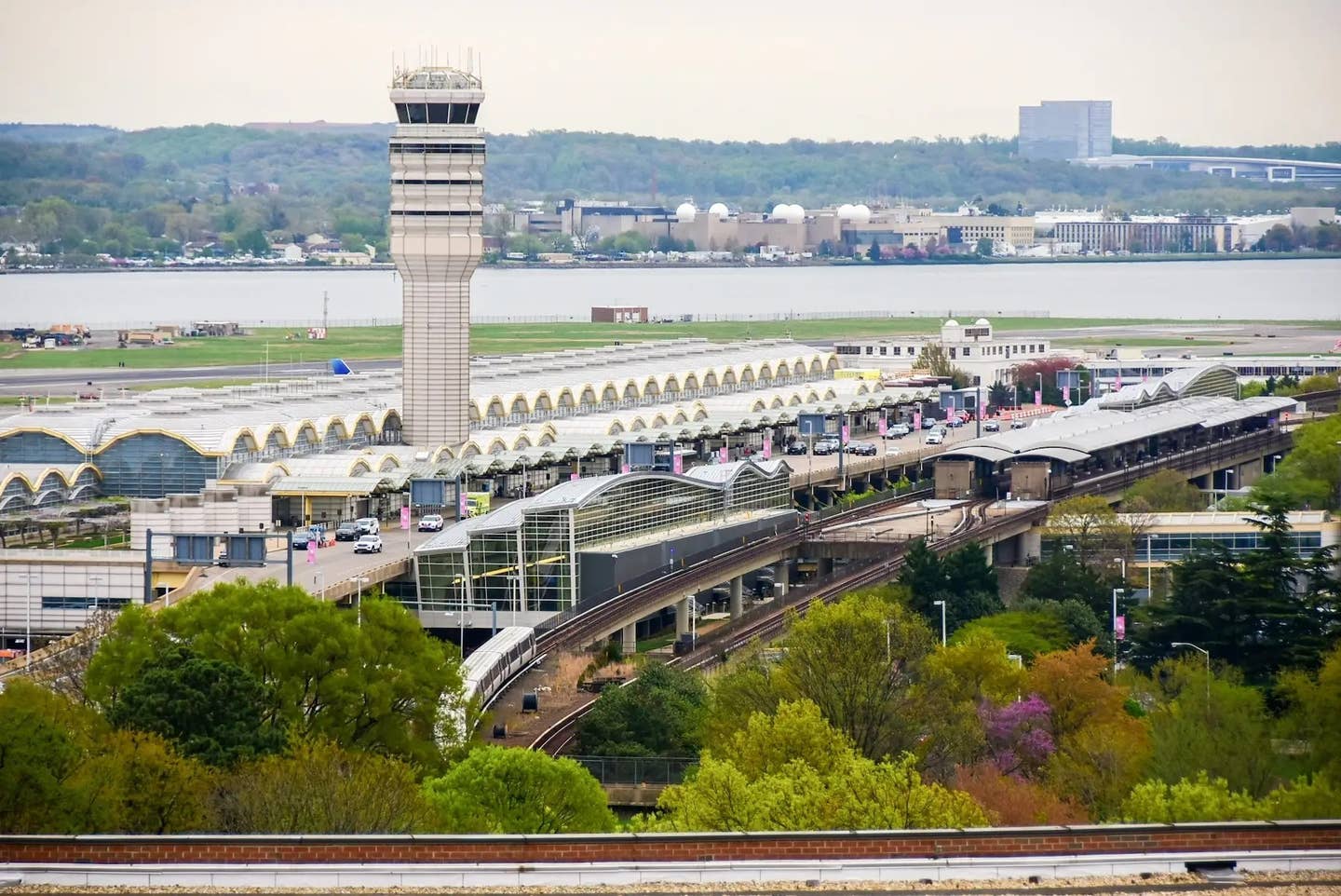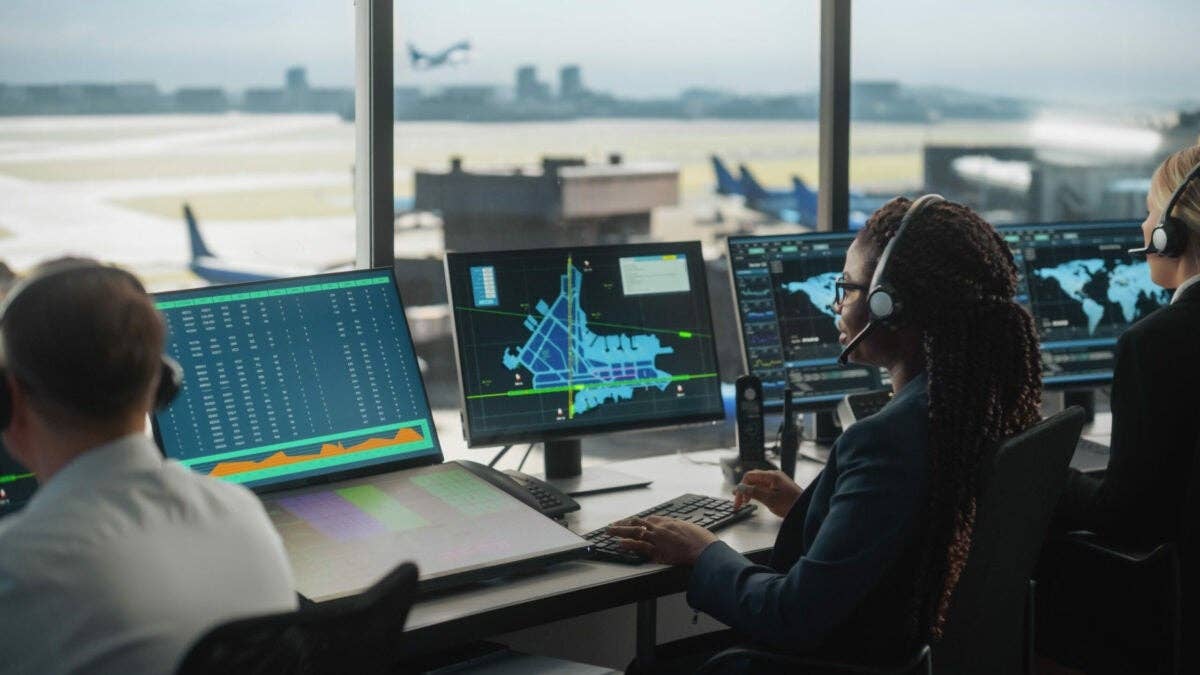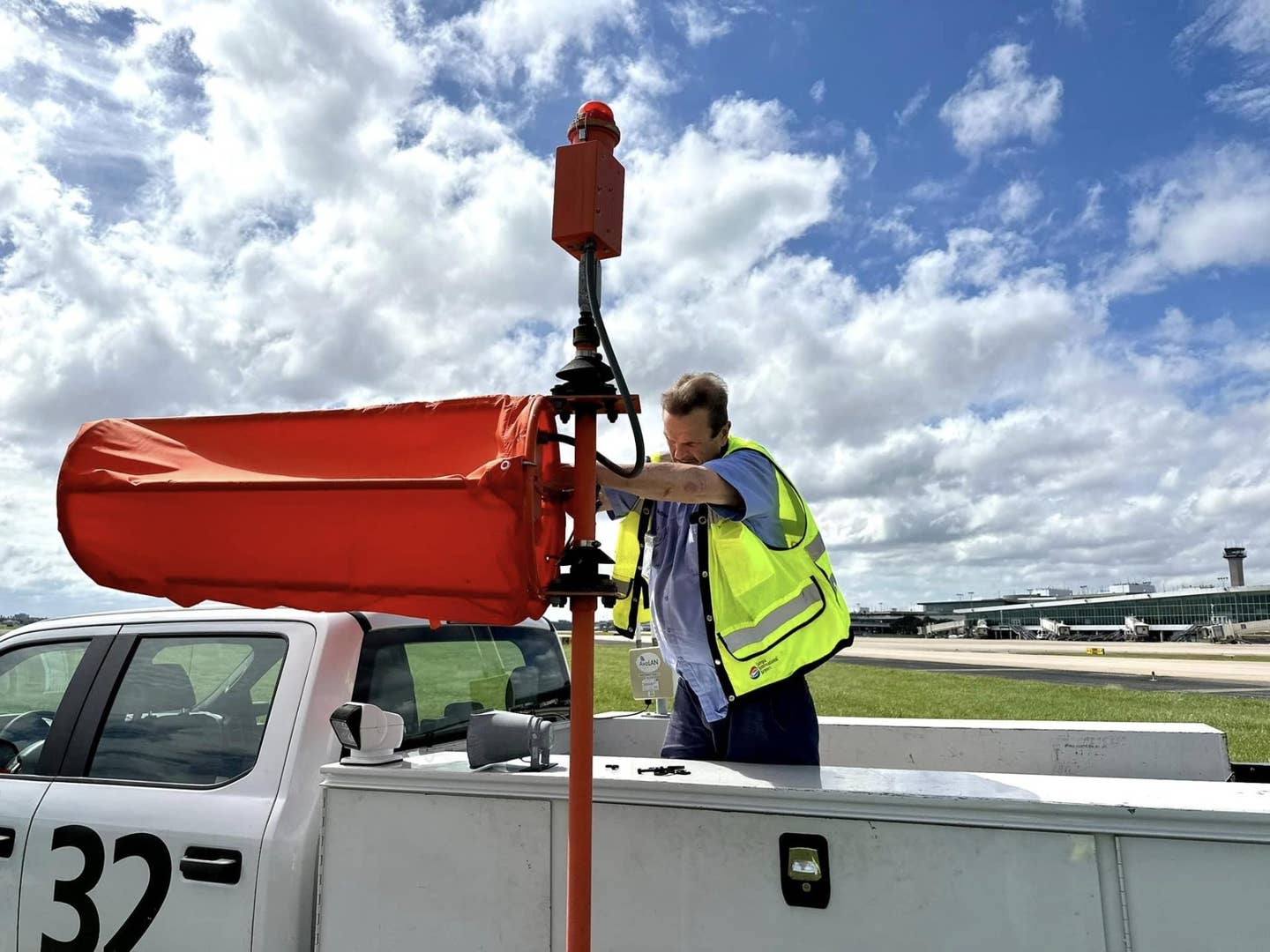How to Become an Aerospace Engineer
This lucrative job serves as the foundation of aviation design.
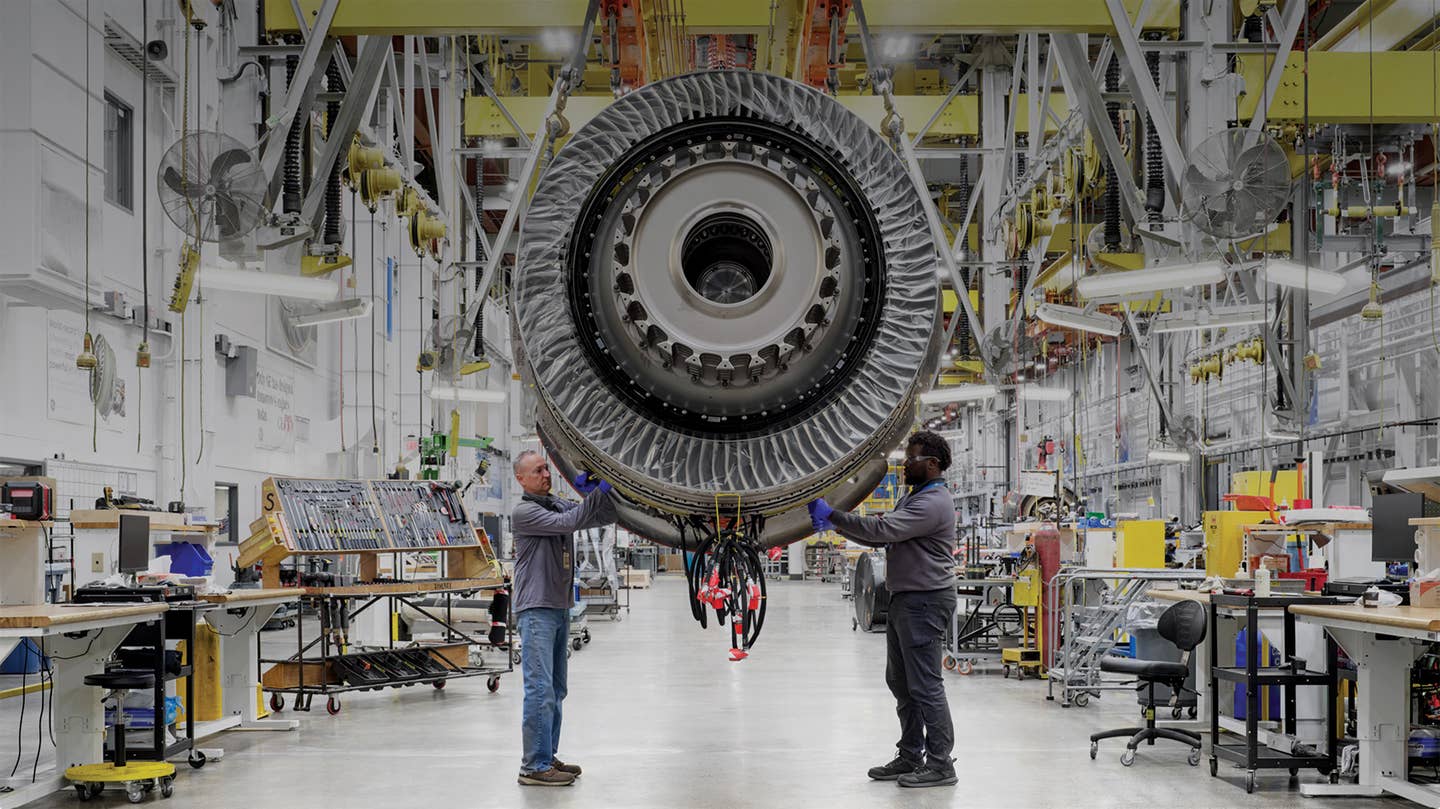
GE Aerospace said it planned to hire more than 900 engineers in 2024. [Courtesy: GA Aerospace]
Learning how airplanes fly is an essential part of aviation. Pilots and mechanics alike must know how their aircraft work, and the mechanics of flight are regularly a subject of discussion in popular media, the news, and even advertising.
Designing and maintaining aircraft is a central question in any aviation company. Aerospace engineers are well-equipped to solve any problem that arises, whether for manufacturers working to make flight possible to the operators who must ensure safe flight on a day-to-day basis.
These engineers design, test, and maintain technologies, systems, and parts for aircraft, spacecraft, satellites, missiles, and beyond. Without them, regular and safe flight would not be possible.
Becoming an Aerospace Engineer
The most common way to become an aerospace engineer is through a college or university. Many employers even require a four-year degree in aerospace engineering or a related field.
Schools offer aerospace engineering as a stand-alone program or as a specialty through another type of engineering. As is typical in an academic environment, aerospace engineering programs usually take between two and four years to complete depending on the depth of study and the student’s intensity of interest.
Many aerospace engineers also pursue advanced degrees after college, such as a master’s or Ph.D. This additional education can make a candidate more competitive for work after graduation.
Equally, most students pursue internships at major companies such as Boeing, SpaceX, NASA, or any number of other firms and professional organizations.
Aerospace Engineer Career Opportunities
Upon graduation, there are many job opportunities for aerospace engineers. Many pursue private sector jobs with aircraft manufacturers, defense contractors, space companies, or airlines.
Engineers are needed not only to test new products but also maintain existing projects, troubleshoot problems, and design parts to ensure the successful continuation of the company.
Equally, engineers can work for the U.S. government on contracts or, more often, research on behalf of any number of agencies. Such work often requires security clearance to work on top-secret military or design projects for the armed forces, NASA, or Department of Defense.
The aircraft/aerospace and parts manufacturing sector employs by far the most aerospace engineers. This is logical, as the United States boasts both the largest civil aviation market and air force in the world. There is high demand for aircraft and their parts, and there is as such a great need to maintain these aircraft and fix them when something breaks.
Other job prospects, according to the U.S. Bureau of Labor Statistics, include scientific research and development; navigational, measuring, electromedical, and control instrument manufacturing; and support activities for air transportation as well as architectural engineering; government schools and hospitals; and the U.S. Postal Service.
Aerospace Engineer Salaries
Aerospace engineer salaries usually start at just under $40 per hour, or about $80,000 annually. Salaries top out near $100 hourly, or about $200,000 per year, with the median wage being $62 hourly or $130,000 annually.
Senior engineers in defense and manufacturing tend to be near the top end of the pay scale due to the lucrative nature of third-party contracts, scale of some operations, and monetary value of the work being done.
Being an aerospace engineer can be incredibly challenging, but it can also be highly rewarding. Many find great satisfaction in watching an aircraft they spent dozens or hundreds of hours working on finally take flight.
Engineers are the backbone of some of the most economically stimulating industries around the world and bring significant value to valuable companies. Thus, becoming an aerospace engineer is to support highly valuable, stimulating, satisfying work at the cutting edge of technology and exploration.

Sign-up for newsletters & special offers!
Get the latest FLYING stories & special offers delivered directly to your inbox


